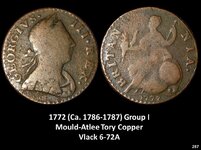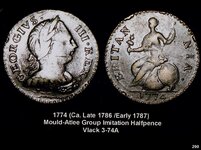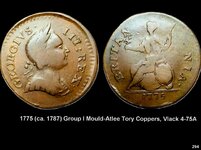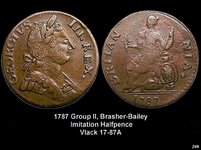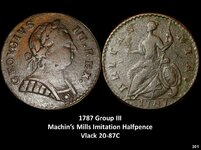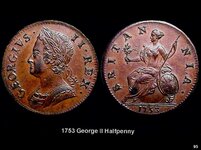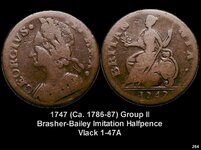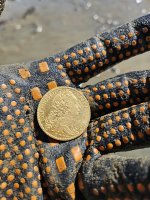lisfisher
Hero Member
Genuine British halfpennies vs Machin's mills
I have a whole mess of Halfpennies that I dug over the years, all 1700's. I was wondering, how can I tell the difference between a genuine British halfpenny between the Machin's mills variety??
I have a whole mess of Halfpennies that I dug over the years, all 1700's. I was wondering, how can I tell the difference between a genuine British halfpenny between the Machin's mills variety??


